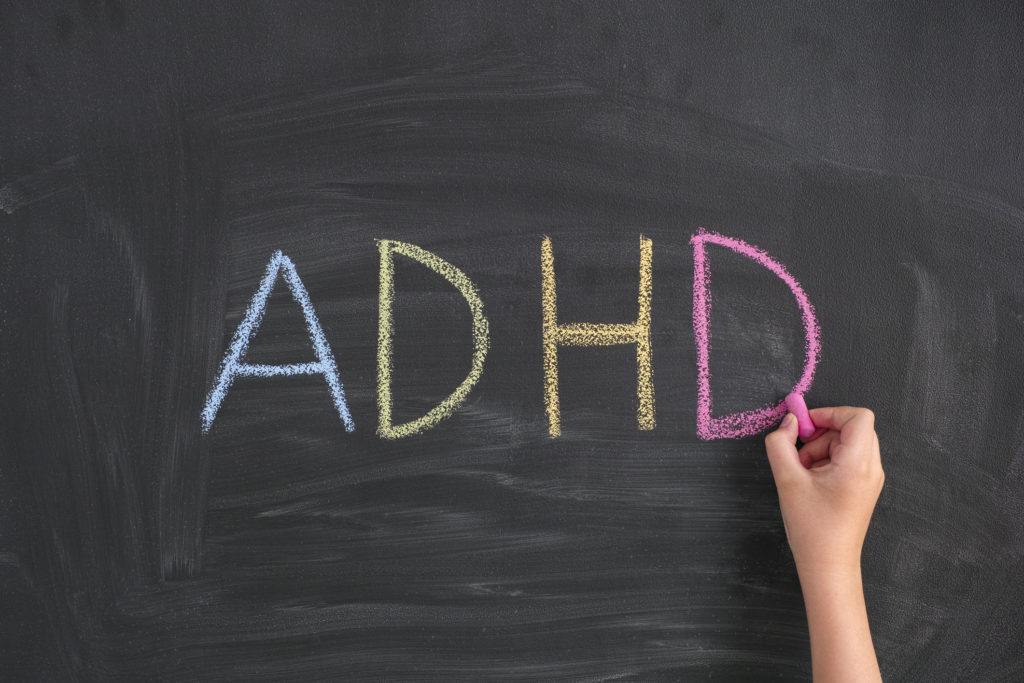Understanding ADHD

In today’s culture, it is common to overuse and over-diagnose someone with ADHD. Many parents wonder what “ADHD” truly is and how can they help their child who struggles with it.
According to the Child Mind Institute, ADHD is defined as attention-deficit hyperactivity disorder. This diagnosis makes it difficult for a child to pay attention, concentrate, follow directions, and control his or her behavior. Children with ADHD struggle more than the average child to follow directives and stay on task. This can create conflict and/or hardship at school, in the home, and with peers.
What are the Symptoms of ADHD?
There are two core defining agents of ADHD: inattentive behaviors and hyperactive and impulsive behaviors. A child can have one or the other, or a combination of both.
Inattentive type includes the following:
- Easily distracted
- Careless mistakes (ex: rushes through homework and making errors on information that the child truly does know)
- Doesn’t seem to be listening when spoken to (ex: looking around while someone is talking, repeatedly saying “what” after someone speaks)
- Difficulty following directions
- Trouble organizing their thoughts or personal day to day life
- Forgetful—misplacing things regularly
Hyperactive or impulsive type includes the following:
- Struggles to sit still (squirming, fidgeting, waiting)
- Frequent running and climbing
- Struggles to play quietly
- Difficulty with patience and self-control (blurting out, interrupting, struggling to take turns, or wait for others to be finished with tasks)
- Acts as if “driven by a motor” (always on the go)
Not all children with these symptoms are diagnosed with ADHD. It is normal for children to show some signs of ADHD from time to time. They may be reacting to stress, hard life transitions, or just bored. If your child has shown multiple symptoms for over 6 months in more than one setting, such as at school and in the home, it may be helpful to talk with a professional.



